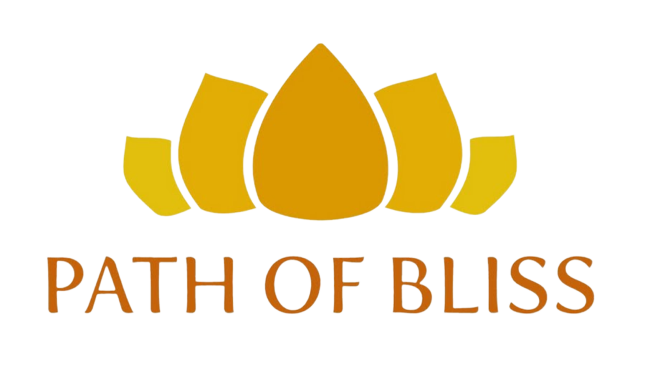Today let us talk about Bio-psychology. It is about the relation between our biological structure and our mind. We will look at our body, the vehicle we have for this journey of life, and some basic ideas about how it functions.
We know we have a body and a mind but if we can know better the way they interact our movement through life will become easier.
Part of being human is experiencing emotions, feelings and dealing with mental propensities. These are experienced in the mind but also in the body. They may determine the decisions we take and the thoughts that come to our mind.

Meditating in the park: Imagine that you have gone to the park to meditate. You want to complete your two sessions of meditation. You are feeling that is an ideal place for meditation and that you are going to have a great meditation. But when you close your eyes.
Instead of getting good concentration you start thinking that there is a dog behind you. Maybe it is coming closer. You cannot concentrate, you open your eyes and there is no dog, nothing.
Why did this thought come to your mind? it was stimulated by one mental propensity called "fear".
What part of the body would you think fear is related to? For me, it is related to the navel area. In this area there are a number of endocrine glands corresponding to a Yogic Cakra.
The main location of the mind is in the head but it has sub-stations. Let us think of a country. The central government has the ultimate control and the seat of the government is in the country’s capital. But the country is divided into states and each state has the state capital with a state government that controls certain activities in that area. Ultimately the control is in the central government but the state government has its own jurisdiction.
Cakras are subtle which means that we cannot perceive them with our senses.
Each Cakra controls a certain number of propensities just like the navel cakra controls the propensity of fear.
There are 7 main cakras.
-
múládhára cakra - base of the spine
-
svádhiśt́hána cakra - genital area
-
mańipura cakra - navel area
-
anáhata cakra - chest
-
vishuddha cakra - throat
-
ájiṋá cakra - center of the head
-
sahasrára cakra - top of the head
The correspondents to the cakras in the physical body are the endocrine glands. The main glands are ovaries/testes, pancreas and adrenals, thymus, thyroid & parathyroid, pituitary and pineal and there are a number of sub-glands.
The endocrine system is a messenger system comprising feedback loops of the hormones released by internal glands of directly into the circulatory system, regulating distant target organs.The hypothalamus is the neural control center for all endocrine systems. (Wikipedia)
How to control or balance the Cakras?
There are different Yoga practices that can help us control or balance the cakras and its propensitiesWe can start with more physical practices like a’sanas or half-bath or use of water. Breathing techniques as simples as breathing fully in and out in a relaxed way or holding the breath during a’sanas as instructed.Mental practices of concentration on the cakras or mantras. Pure mental practices like meditation.Every practice we have given you up to now are designed to help control the cakras.
Propensities of the Manipura cakra
Fear is a mental propensity and it is related to the navel cakra. A cakra is a sub-station of the mind which controls a number of mental propensities.
In this case the navel cakra controls 10 mental propensities which are: Fear, Shyness, Sadistic tendency, Envy, Staticity, Melancholia, Peevishness, Yearning for acquisition, Infatuation, Hatred

